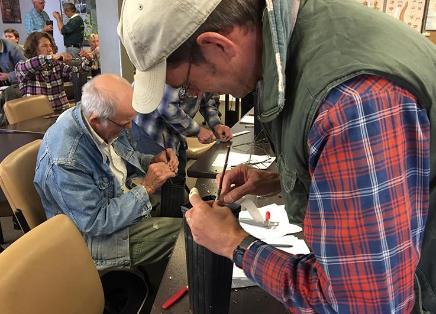“It is not the intent of this work to recommend large commercial orchards but it is believed that is is possible for every farm and ranch family to grow a home garden of fruits which will adequately supply the needs of the family.” -Lander Clipper 1940.
In 1910, the orchard boasted 1,775 apple trees and 180 cultivars. Many of these were named cultivars from around the globe. Ten of these cultivars were developed by Farm Superintendent, John Steinbreck for Wyoming’s harsh, high elevation climate. Several varieties of crab apples were planted and serve as important pollinators. Several of these crab apple trees are still producing fruit today.
Cultivars developed at the Lander Fruit Farm were Brechsteinia, Margaret, Fremont, Poposia, Mart, Nelson, Roberts, Sundance, Washakie and Wyoming. Brechsteinia and Margaret were ranked in the top 10 cultivars by the Cheyenne Horticultural Research Station. Through DNA research at the University of Wyoming, three of these varieties have been identified. Researchers are on the lookout for the other seven before they are lost forever.
er. 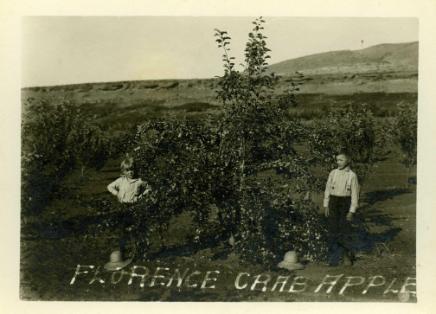
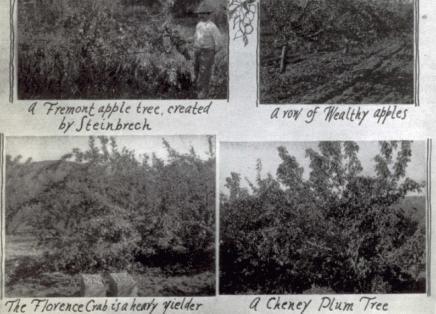
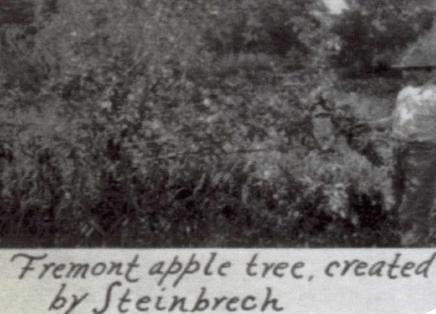
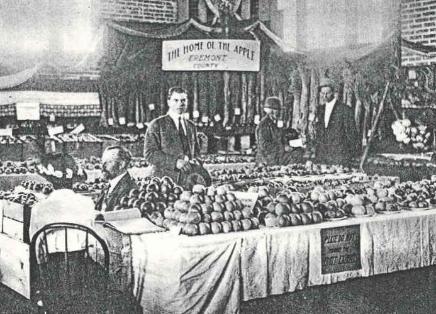
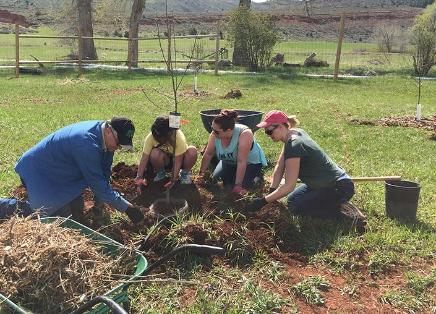
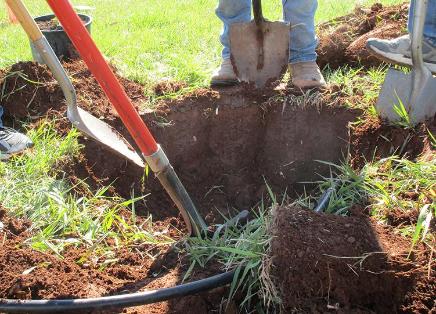
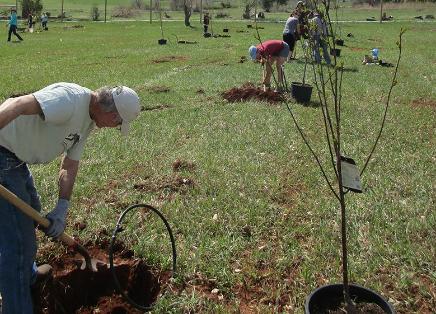





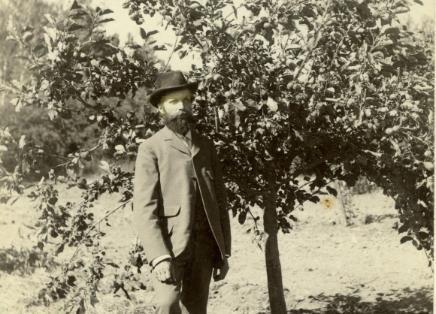
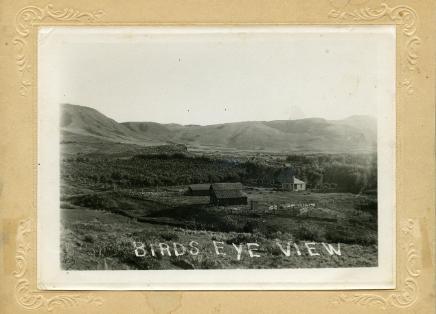
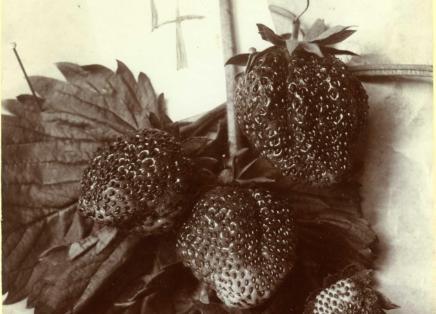
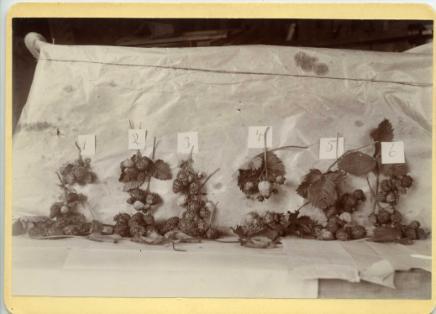
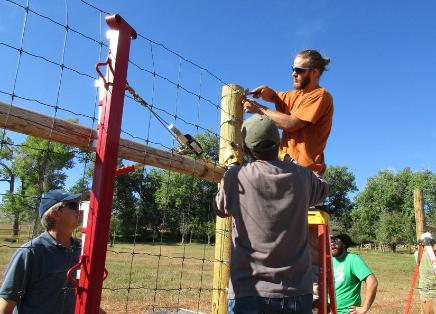
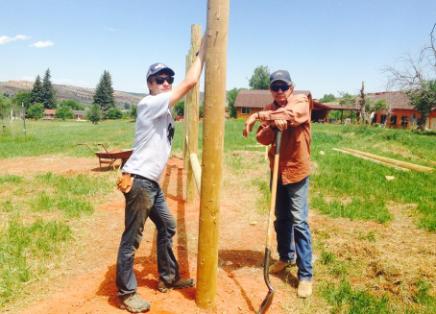
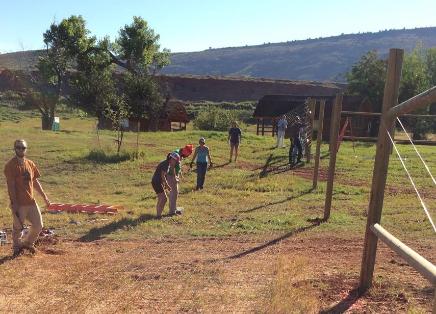
-436x314.jpg)
-436x314.jpg)
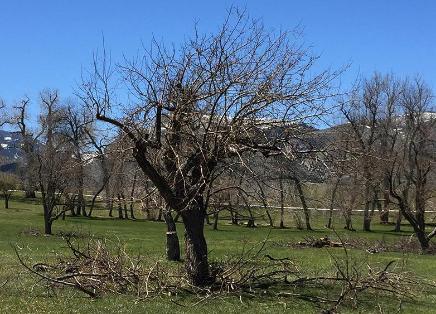
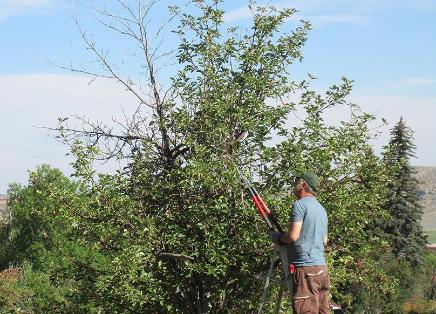
-436x314.jpg)
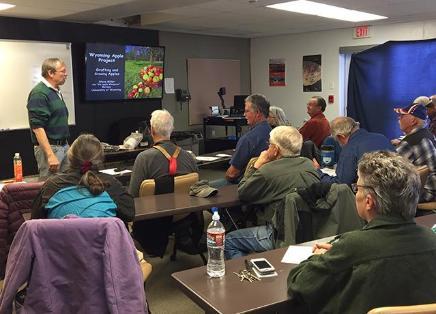
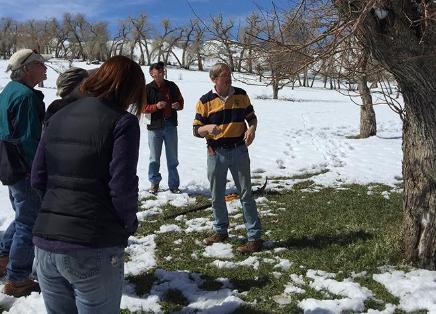
-436x314.jpg)
